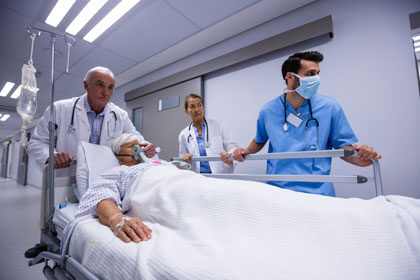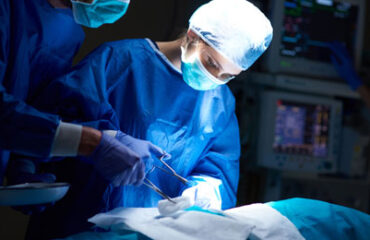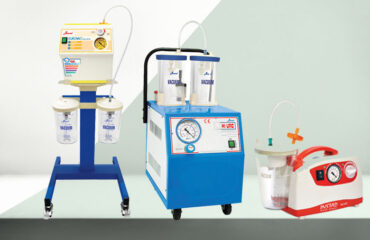
Surgery is a realm where precision is non-negotiable. The success of surgical procedures relies on the ability to maintain a clear surgical field and extract unwanted fluids and debris with exactitude. High vacuum suction units are engineered to meet the most demanding requirements of surgery and critical care, making them indispensable tools in the hands of skilled medical professionals. In this blog, we will explore the significance of high vacuum suction units, their role in surgery, and how they contribute to the success of complex medical procedures.
Precision and Control :High vacuum suction units offer a level of precision and control that is unparalleled. Surgeons and medical professionals can precisely adjust the level of suction to match the specific needs of the surgical field. This precision ensures that the surgical site remains clear, facilitating the delicate manoeuvres required during surgery.
Maintaining a Clear Surgical Field :In surgery, a clear surgical field is critical. Any obstruction can compromise the surgeon’s view and the success of the operation. High vacuum suction units are designed to swiftly and efficiently remove fluids and debris, ensuring that the surgical site remains free from any interference, regardless of the complexity of the procedure.
Complex Surgical Procedures :Beyond surgery, high vacuum suction units find applications in critical care settings. They enable healthcare professionals to manage and maintain patient airways effectively, ensuring proper breathing and oxygenation. This level of precision is critical in emergency medical interventions and intensive care units.
Conclusion: Elevating Surgical Precision and Patient Safety :High vacuum suction units are the cornerstone of precision in surgery and critical care. They provide the surgeon with control over the surgical field, maintain its clarity, and contribute to the success of complex medical procedures. These units play a pivotal role in enhancing patient safety and the overall success of surgical and critical care interventions. They are the unsung heroes behind the scenes, ensuring that surgery is a precise and life-saving discipline.




